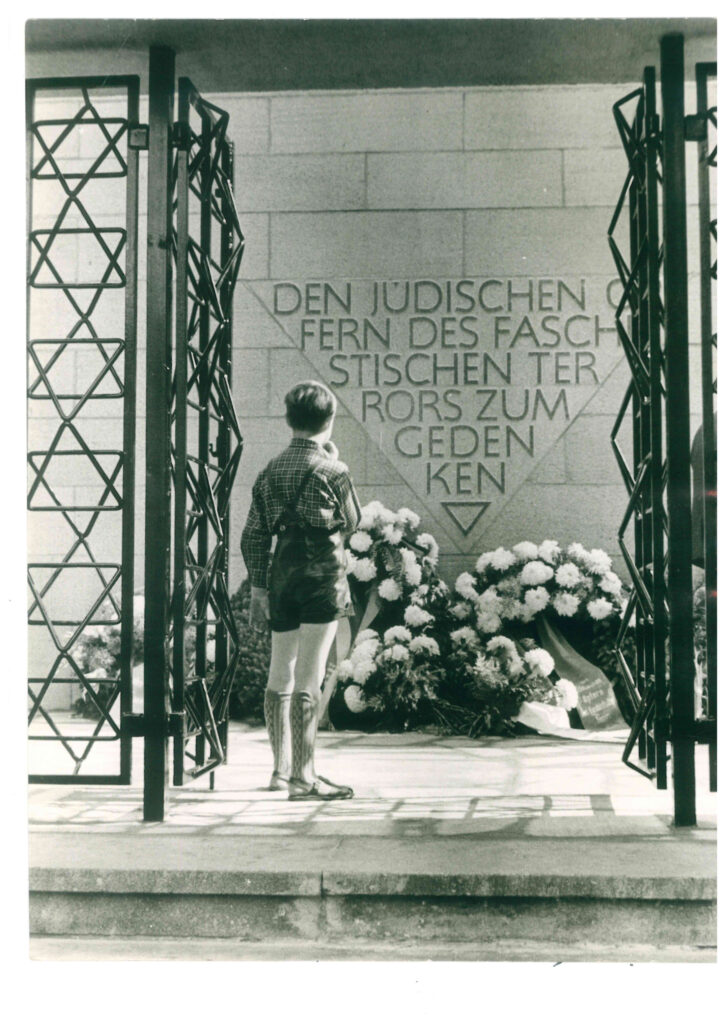Survivors of the Holocaust from Halle and the surrounding area once again founded a Jewish community in 1947, which moved into the community center at Grosse Märkerstrasse 13 in 1952. With the permission of the Soviet military administration, the mourning hall on Humboldtstrasse was converted into a synagogue, as such a building had been missing in Halle since 1938. The construction of new synagogues was not permitted at that time and even during the GDR regime (with the exception of Erfurt). With the inauguration of the synagogue in 1952/53, Jewish community life was once again possible in Halle. In 1952, the post-war community joined the “Association of Jewish Communities in the GDR,” which was initially based in Halle. After the death of the association’s co-founder and chairman Hermann Baden in 1962, the community was unable to regain its former importance, so that the headquarters of the association was moved to Dresden. In the 1970s, the community consisted of only a good dozen people who tried to maintain Jewish community life despite the many reprisals of the GDR regime. After the “Peaceful Revolution” in 1989 and the influx of Jewish migrants from the former USSR, a new phase of institutionalized Jewish life in Germany and Halle began.
The 300th anniversary of the Jewish community in Halle was celebrated in 1992 by contemporary community members, Holocaust survivors and their descendants from all over the world, and representatives of the city. A renewed invitation to such a joint encounter was extended in 1998. In this context, the first regional exhibition on the history of the Jews in Halle was presented under the title Die Juden Halles zwischen Vertreibung und Integration (The Jews in Halle between Expulsion and Integration). As guest of honor, the world-renowned philosopher Emil Fackenheim, son of the last rabbi in Halle before 1945, delivered the keynote address.

Timeline Halle
- ↑ The community remained strong – 1999
- ↓ Destruction of the Halle synagogue – November 9, 1938
